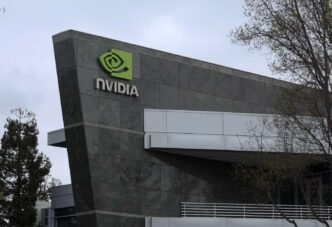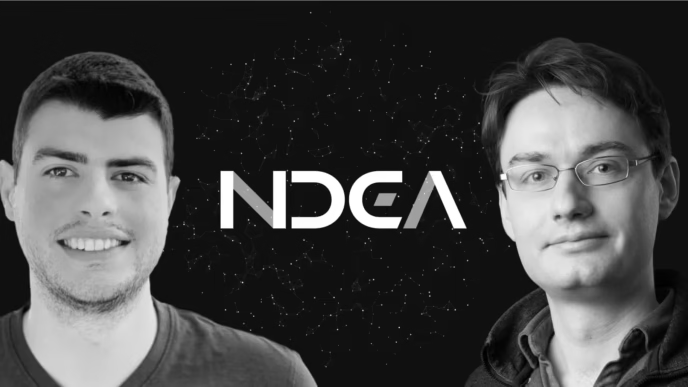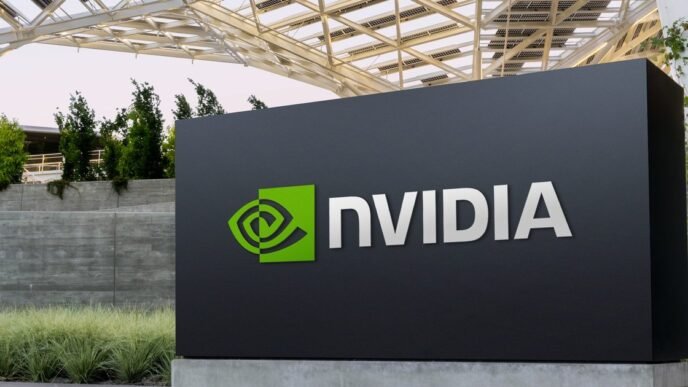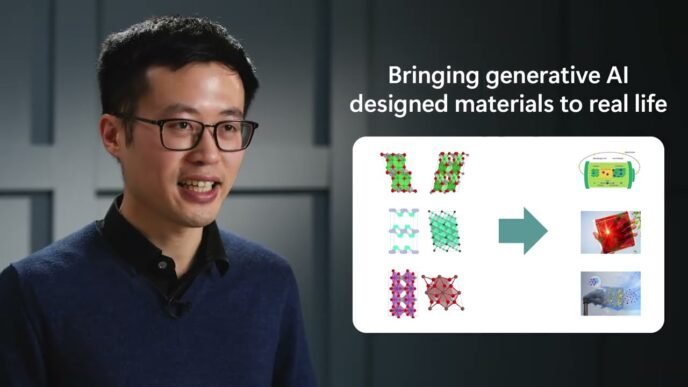Imagine a computer that can not just follow instructions, but actually think through problems, like a super-smart detective checking its own work. That’s the promise of “reasoning AI,” and it used to be something only tech giants with mountains of cash could even dream of building. But hold on to your hats, because a team of bright minds at UC Berkeley has just flipped the script!
They’ve created something called Sky-T1, and it’s a reasoning AI model that’s turning heads for one very big reason: it was trained for less than the price of a decent laptop – under $450! Yes, you read that right.
This isn’t just some small-fry project either. Sky-T1 is surprisingly good at what it does, holding its own against earlier versions of powerful AI models developed by companies like OpenAI. Think of it like this: it’s like a scrappy underdog in a tech boxing match, and it’s landing some serious punches.
What makes this even more exciting is that Sky-T1 is open source. This means the researchers have shared the blueprint – the data they used to teach it and the instructions on how to build it. It’s like giving the world the recipe for their secret sauce, allowing anyone to try and recreate it, learn from it, and even make it better.
Why is $450 Such a Big Deal? Let’s Talk Numbers
Just a short while ago, building an AI model with similar smarts could easily cost millions of dollars. We’re talking serious money, the kind that only huge corporations could afford. Think of it like the difference between building a custom race car versus buying a reliable, high-performing car off the lot.
The secret to Sky-T1’s budget-friendly training lies partly in using synthetic training data. Imagine teaching a student by giving them practice tests created by other smart students. That’s kind of what’s happening here. Another AI model helps generate the data needed to train Sky-T1, significantly cutting down on costs.
To put it in perspective, another recently developed AI model called Palmyra X 004, which also used a lot of synthetic data, reportedly cost around $700,000 to train. That’s still a huge saving compared to older models, but Sky-T1’s $450 price tag is in a whole different league!
Here’s a quick comparison:
| Feature | Sky-T1 | Palmyra X 004 | Traditional Reasoning AI |
|---|---|---|---|
| Estimated Training Cost | Under $450 | ~$700,000 | Millions of Dollars |
| Open Source? | Yes | No | Often No |
| Training Data | Mostly Synthetic | Mostly Synthetic | Real-world data |
Reasoning AI: The AI That Checks Its Own Work
So, what exactly makes a “reasoning AI” special? Unlike your average AI, which might just spit out an answer based on patterns it’s seen before, reasoning AI tries to understand why an answer is correct. It’s like the difference between memorizing facts for a test and actually understanding the concepts.
One of the cool things about reasoning AI is that it can essentially fact-check itself. This helps it avoid making silly mistakes or getting tripped up by misleading information, which can be a common problem for other types of AI.
Now, there’s a trade-off. Reasoning AI usually takes a bit longer to arrive at an answer – we’re talking seconds or maybe a few minutes longer. But the upside is that it tends to be much more reliable, especially when dealing with complex subjects like physics, science, and math.
How Sky-T1 Learned Its Smarts: A Peek Under the Hood
The team behind Sky-T1 used a clever approach to train their model. They started by using another reasoning AI, called Alibaba’s QwQ-32B-Preview, to create the initial training data. Think of it as getting a head start from a more experienced student.
Then, they carefully “curated” this data, like a chef selecting the best ingredients. Finally, they used another tool, OpenAI’s GPT-4o-mini, to organize the data into a format that Sky-T1 could learn from effectively.
The actual training process for Sky-T1, which has a whopping 32 billion “parameters” (think of these as its problem-solving skills), took about 19 hours. They used a powerful setup of 8 Nvidia H100 graphics cards to get the job done.
Putting Sky-T1 to the Test: How Does It Stack Up?
The researchers put Sky-T1 through a series of tough challenges to see how well it performed. Here’s a snapshot of the results:
- Math Whiz: On a test called MATH500, which is packed with really difficult math problems, Sky-T1 actually did better than an early version of OpenAI’s o1 model. That’s a pretty impressive feat!
- Coding Pro: It also aced a set of tricky coding problems from something called LiveCodeBench, again outperforming the early o1.
- Science Struggles (For Now): However, Sky-T1 didn’t do as well on GPQA-Diamond, a test with tough science questions covering physics, biology, and chemistry – the kind of stuff you’d expect a PhD graduate to know. It fell short of the early o1 on this one.
It’s important to remember that the version of OpenAI’s o1 that Sky-T1 was compared to was an early preview. The fully released version of o1 is stronger, and OpenAI is expected to launch an even more powerful reasoning AI, called o3, soon.
Performance Snapshot:
| Benchmark | Sky-T1 vs. Early o1 |
|---|---|
| MATH500 | Sky-T1 Wins |
| LiveCodeBench | Sky-T1 Wins |
| GPQA-Diamond | Early o1 Wins |
The Future is Open: What Sky-T1 Means for AI
The team behind Sky-T1 sees this as just the beginning. They’re committed to developing more open-source AI models with advanced reasoning abilities. Their next steps involve making these models even more efficient while maintaining their impressive performance.
This breakthrough is significant for several reasons:
- Democratization of AI: Making powerful AI models cheaper and open source means more people can access and work with this technology. It’s no longer just for the big players.
- Faster Innovation: When researchers can easily replicate and build upon each other’s work, progress in AI can accelerate.
- Transparency and Trust: Open-source models allow for greater scrutiny and understanding of how AI works, which can build trust in the technology.
You can learn more about the exciting research happening at UC Berkeley’s Sky Computing Lab here: Berkeley’s AI Research Lab.
Sky-T1 is a powerful reminder that groundbreaking innovation doesn’t always require a massive budget. It’s a testament to the ingenuity and dedication of researchers who are pushing the boundaries of what’s possible in the world of artificial intelligence. Keep an eye on this space – the future of reasoning AI is looking bright, and it’s becoming more accessible than ever before!













